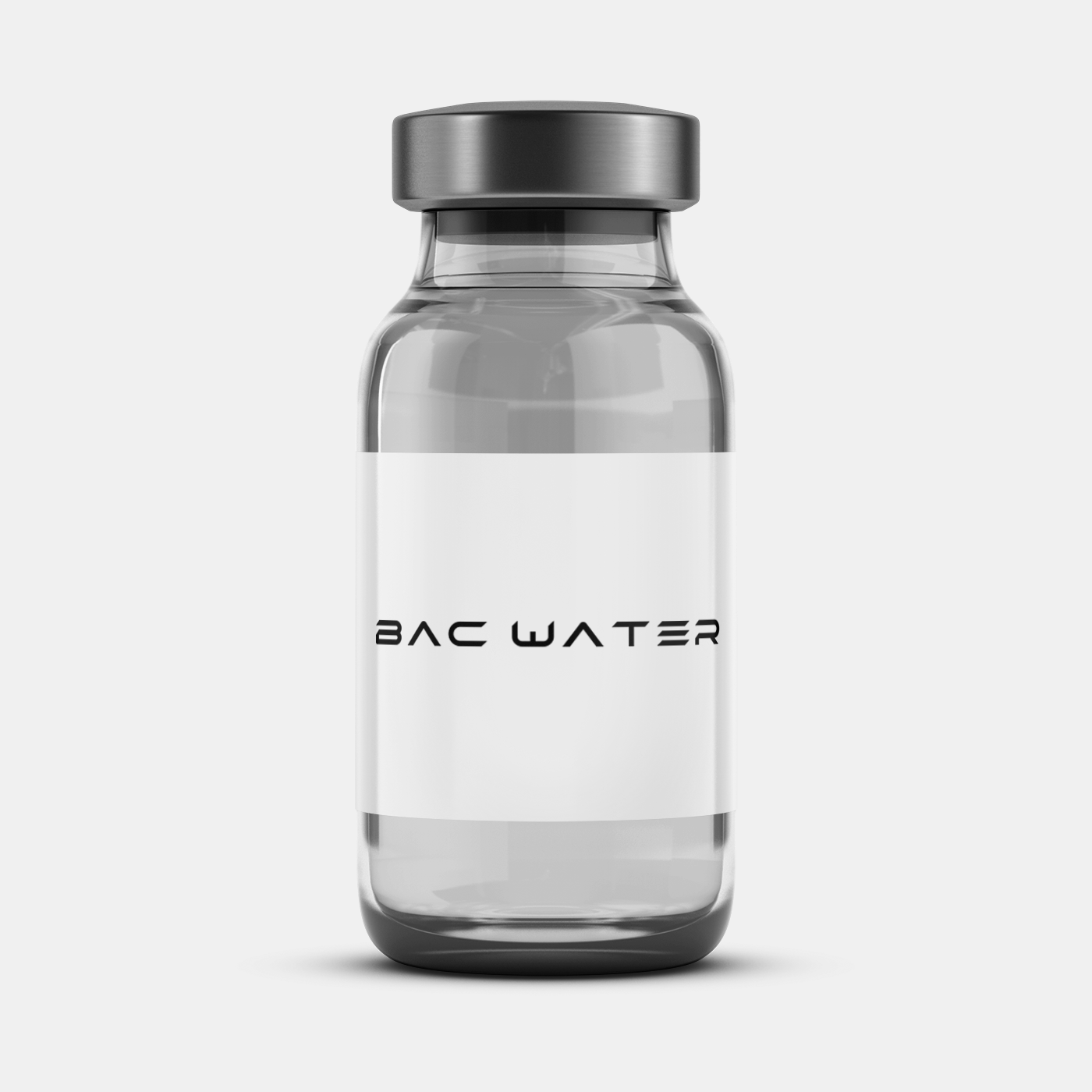TB 500 5mg
Thymosin β(4), a low molecular weight, naturally-occurring peptide plays a vital role in the repair and regeneration of injured cells and tissues. After injury, thymosin β(4), is released by platelets, macrophages and many other cell types to protect cells and tissues from further damage and reduce apoptosis, inflammation and microbial growth. Thymosin β(4) binds to actin and promotes cell migration, including the mobilization, migration, and differentiation of stem/progenitor cells, which form new blood vessels and regenerate the tissue. Thymosin β(4) also decreases the number of myofibroblasts in wounds, resulting in decreased scar formation and fibrosis.
Thymosin β(4), a low molecular weight, naturally-occurring peptide plays a vital role in the repair and regeneration of injured cells and tissues. After injury, thymosin β(4), is released by platelets, macrophages and many other cell types to protect cells and tissues from further damage and reduce apoptosis, inflammation and microbial growth. Thymosin β(4) binds to actin and promotes cell migration, including the mobilization, migration, and differentiation of stem/progenitor cells, which form new blood vessels and regenerate the tissue. Thymosin β(4) also decreases the number of myofibroblasts in wounds, resulting in decreased scar formation and fibrosis.

Thymosin β(4), a low molecular weight, naturally-occurring peptide plays a vital role in the repair and regeneration of injured cells and tissues. After injury, thymosin β(4), is released by platelets, macrophages and many other cell types to protect cells and tissues from further damage and reduce apoptosis, inflammation and microbial growth. Thymosin β(4) binds to actin and promotes cell migration, including the mobilization, migration, and differentiation of stem/progenitor cells, which form new blood vessels and regenerate the tissue. Thymosin β(4) also decreases the number of myofibroblasts in wounds, resulting in decreased scar formation and fibrosis.
Unit size: 5mg/vial
Unit quantity: 1 vial
Molecular formula: C212H350N56O78S
Molecular weight: 4963 g/mol
Sequence: Ac-Ser-Asp-Lys-Pro-Asp-Met-Ala-Glu-Ile-Glu-Lys-Phe-Asp-Lys-Ser-Lys-Leu-Lys-Lys-Thr-Glu-Thr-Gln-Glu-Lys-Asn-Pro-Leu-Pro-Ser-Lys-Glu-Thr- Ile-Glu-Gln-Glu-Lys-Gln-Ala-Gly-Glu-Ser-OH
CAS number: 77591-33-4

